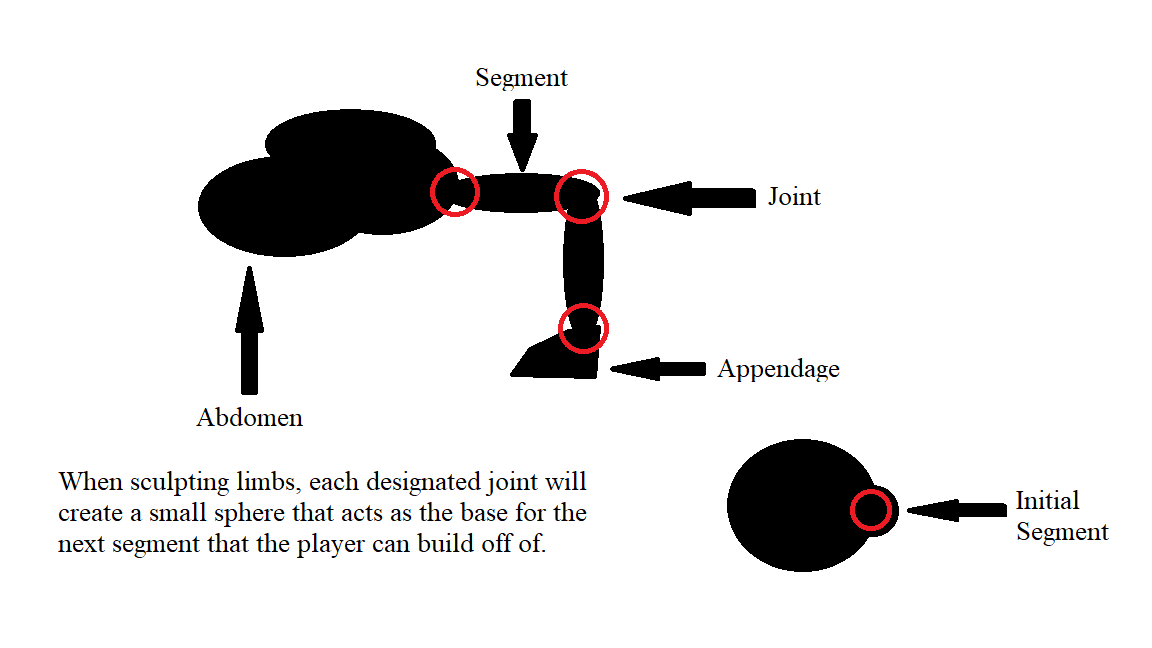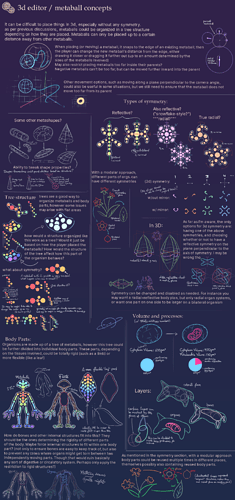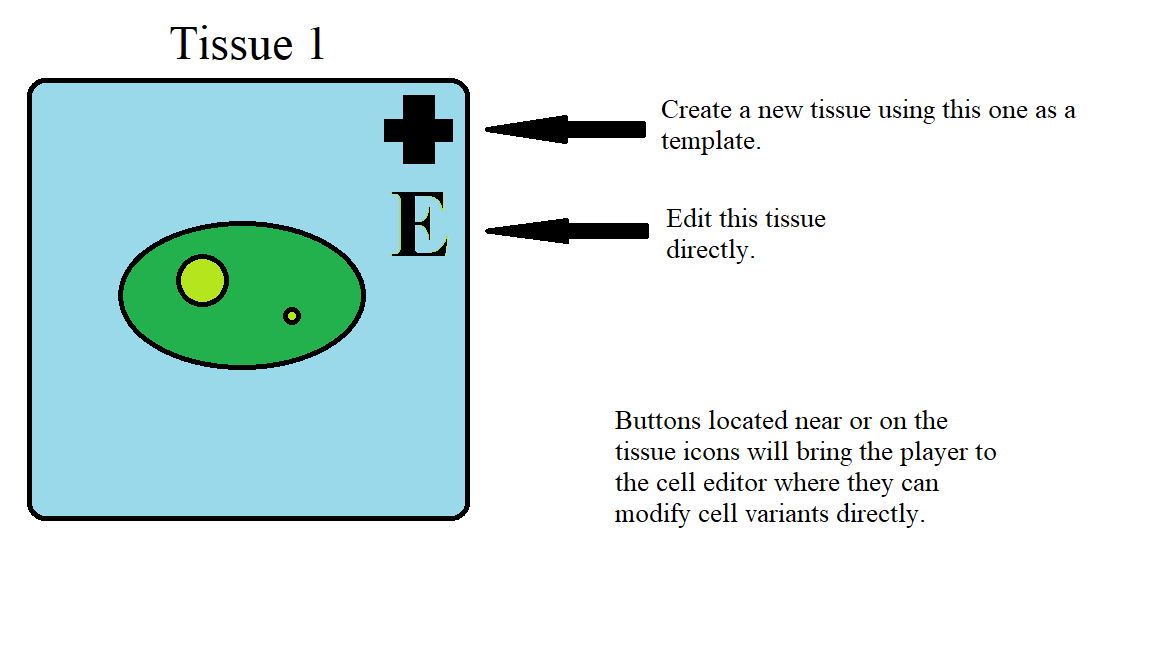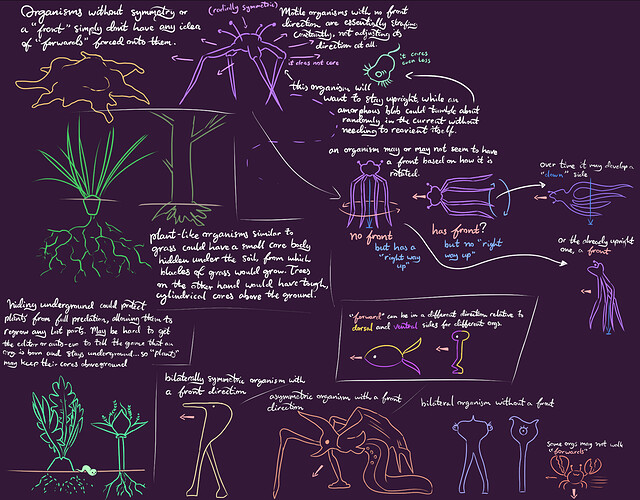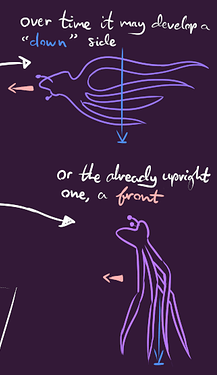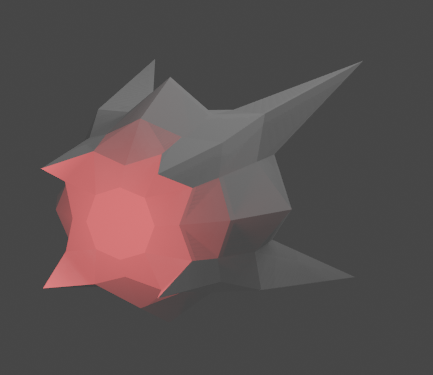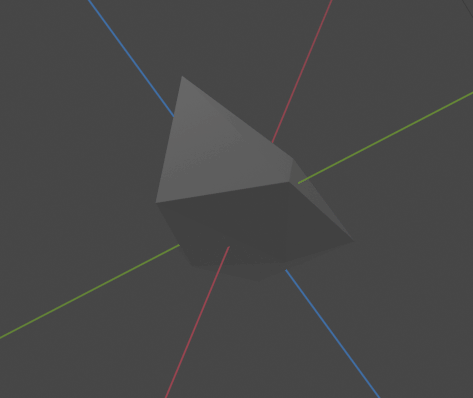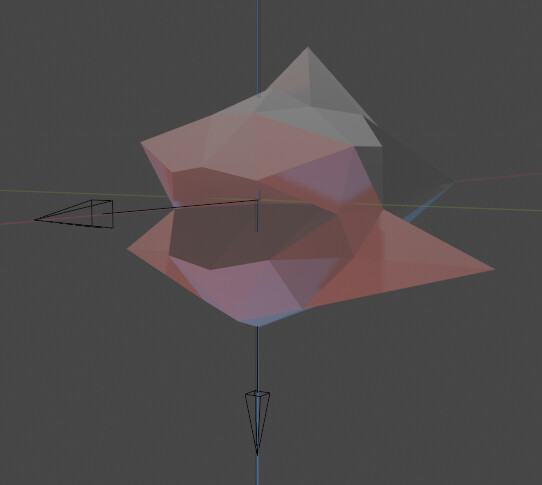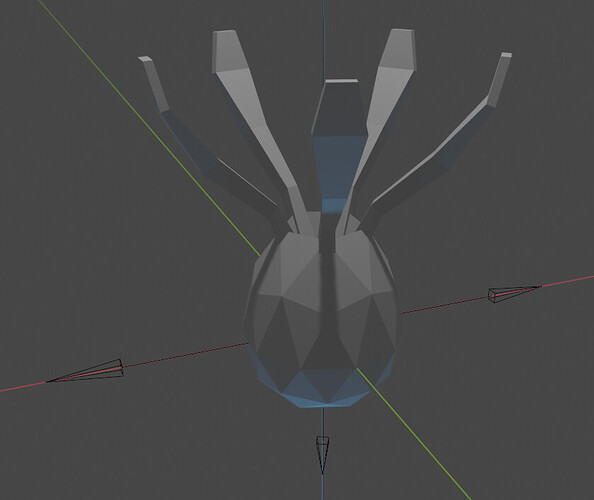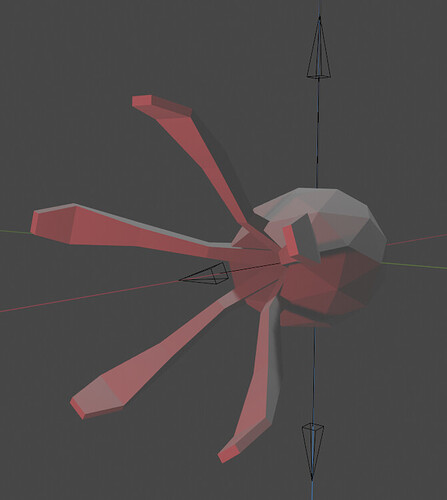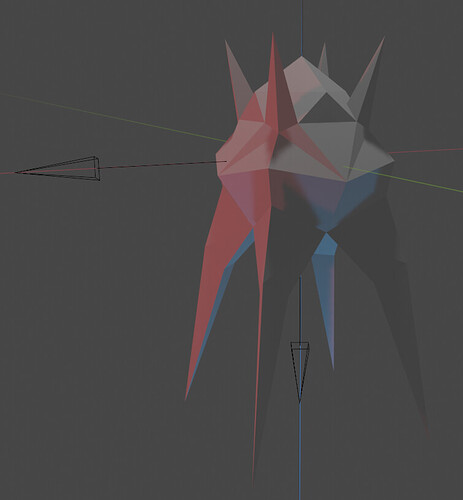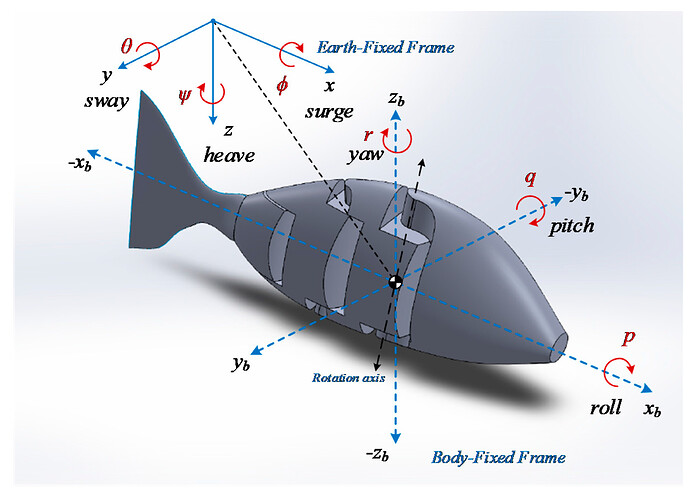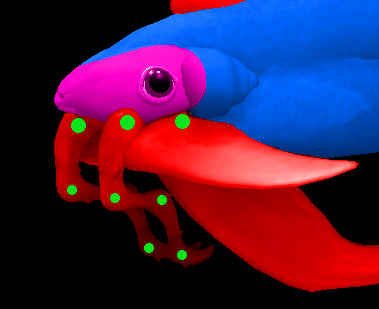With the progress we have been making recently on binding agents and the mentions of making skeletal prototypes of upcoming stages, I figured it would be a decent idea to begin work on discussing and planning out how one of the most critical elements of the upcoming multicellular and aware stages will play out.
The creature editor is going to be a step up in complexity and effort compared to the microbe editor, as not only will we need to develop a fully 3D editor, but it has also been largely discussed to feature freeform sculpting features, with a relatively loose definition of parts. Additionally, we must consider how the player’s choices in the previous stage will reflect in their creature, as the cells that once lived individually now form the entirety of the player’s character.
My hopes in discussing this, is that we will be able to form a concrete plan on how to approach this milestone in Thrive’s development, either it be a prototype, or the real deal.
To begin, I have taken the liberty in planning out a general layout for the editor, and how the player might edit specific parts.
The Tabs:
The GUI layout should be relatively similar to that of the microbe editor that we know. The Structure and Membrane tabs will be converted into Anatomy and Integuments tabs respectively, while the Behavior tab will remain the same.
Despite the new appearances, the tabs will still retain their general functionality and organization from the previous stage, so it should remain familiar to the player.
Anatomy:
The anatomy tab is the multicellular equivalent of the Structure Tab. However; unlike the microbe editor, this tab will feature parts comprised of the specialized cells the player has made, which will be organized into tissues unless otherwise specified.
Each selection within this tab will actually be a cell variant that the player has made, which represents what the flesh will be comprised of. Depending on what parts the player used to make each cell, the tissue will have different properties that reflect the cell’s functionality. So you could make things like photosynthetic skin, or just really efficient and uncostly skin.
Tissue:
The tissue category is comprised of basic “materials” that the player can use to sculpt their creature with. Each material is actually a specialized cell that the player has made, and the cell’s functions will dictate how the tissues will function in turn. Unlike the later categories, the tissues are the basic structural external components of the creature which will be used to form it’s abdomen and limbs. In essence, it’s basically the creature’s skin and muscles. The player will likely want to make most of these tissues uncostly and simple, but could create more unique tissues for cool functions, such as thermosynthetic spots on the creature, or something.
Organs:
The organs are the creature’s more complex parts such as eyes or the digestive system. Unlike the tissues, these organs may potentially have to be predefined as specific functional types and such to keep things relatively simple. So for example, the player would create cells for their predefined “eye” organ, which would determine what it sees, how well it sees, and how costly or efficient it is. From there the player could place the eye, now made of their cells, as a capsule shape on the creature. My reasoning here is that things like eyes are complex structures, that would be very difficult to sculpt in freeform, while keeping them animated and mechanically sound.
However; I feel that some player would not like the constraints that would be placed on them by such a system, so introducing a “custom organ” option would allow players to make more free-form internal parts for their own desires, but would not have the same mechanical complexity as the pre-specified organs. Internal organs will not have an actual appearance, and will simply be designated regions on the interior of the model that will represent the organ’s size. This could potentially be quite clunky however.
Integuments:
Integuments are the outer coating of a creature. Not to be confused with the skin. This tab will present the player with bodily coverings that they can use to dress their creature so it doesnt look like some kind of alien mole rat.
Coat:
The coat types will work much like membranes, in that they will grant the creature with passive bonuses that increase survivability in different climates, and resistance to certain hazards. The types will consist of features such as fur, scales, slime, etc.
Clumps:
Clumps are parts that act as specified regions of the coats above. Clumps will allow players to create bodily features such as manes, armpit hair, or scaled regions of the body. These parts are mostly for looks, but could potentially provide rather tiny functional bonuses themselves.
Pigmentation:
The pigmentation here refers to the coloring of the integuments on the creature, as pigmentation is otherwise dictated by the color of the cells that comprise the player’s tissues. I’m not entirely sure what the best method of implementing this would be, as I assume that players would want to create differently colored hair on their creature, rather than having the entire coat be homogeneous in color.
Behavior:
The behavior tab will likely be functionally identical to the microbe editor’s. Though it is possible that we could introduce more sophisticated behavior options to reflect that the player species presumably now has something resembling a brain.
The Layers:
Now that I have listed out the part tabs for the editor, I would like to go over how we might manage sculpting the creature itself. Unlike other games that generally have preset limbs that players can drag onto their creature, Thrive has been foreseen to allow players to freely sculpt their creature. This causes problems however, when it comes to defining what is or isn’t a limb for animating and such. My answer to this complication, is allowing the player to define the difference themselves by using something like “layers”. By switching between these layers, players will be able to alter their creature’s body, or begin sculpting limbs specifically. This should make animation and characterization much easier mechanically.
Abdominal:
The Abdominal layer is the base shape of the creature, it’s core body. This part is where the creature’s vital organs will typically be kept, and it generally wont be making too many movements unless the creature lacks limbs. The player’s sculpting of the abdomen will mostly be freeform and unconstrained so they can make a variety of wild shapes. It will also serve as the anchor point that all other parts attach to.
Limbs:
The limbs are sections of the body that branch off of the abdomen. Unlike the relatively straightforward abdomen, the limbs have specific mechanics that will allow the player to create joints and appendages while sculpting them. When a player wants to create a limb, they will change to the limb layer and click anywhere on the abdomen to create a joint at that location.
Segments:
Segments are the sculpted sections of the limb. These are the physical and sculpted parts that consist of the player’s tissues, and are what will determine the limb’s strength and such. Player’s can freely sculpt these segments to be really thick and bulky, or lithe and spindly.
Joints:
Once a player has created a segment branching from their abdomen, they can now choose to create a new joint on the segment, which will be used to create yet another segment, and effectively create a flexible limb. Joints are not really visual, and are just points of articulation for animation purposes, as well as anchors for the different segments to connect to each other. The joints will also be important as interactive elements that the player can use to drag the segments around into different positions, in order to reshape how the limbs will rest.
Appendages:
Appendages are the parts that cap off the limb. either it be a hand, foot, weird pad thing, or some kind of spike, these segments will be used to anchor the creature to the ground, or allow it to grasp objects in it’s environment. Sculpting appendages may be a large discussion in itself, and I am afraid I have no concrete ideas for them at this time.
I hope that this is all comprehensible. Unfortunately I do not have applicable artistic talent to create visual references for these rather complex concepts, but I give it a try later regardless.
There are quite a few areas I am uncertain on here, such as how we will manage an animation skeleton for the player’s abdomen. Should players shape it themselves or will we be able to generate it?
How will players create appendages? Should they be able to sculpt the digits or will we simply have preshaped digits that the player can select for the hands/feet?
How should we assign color to a creature’s coat? Should it all be one color, or will players be able to “paint” their creature’s integuments?
Let me know how you think about this, and if you have any additional ideas or comments, by all means share them!
